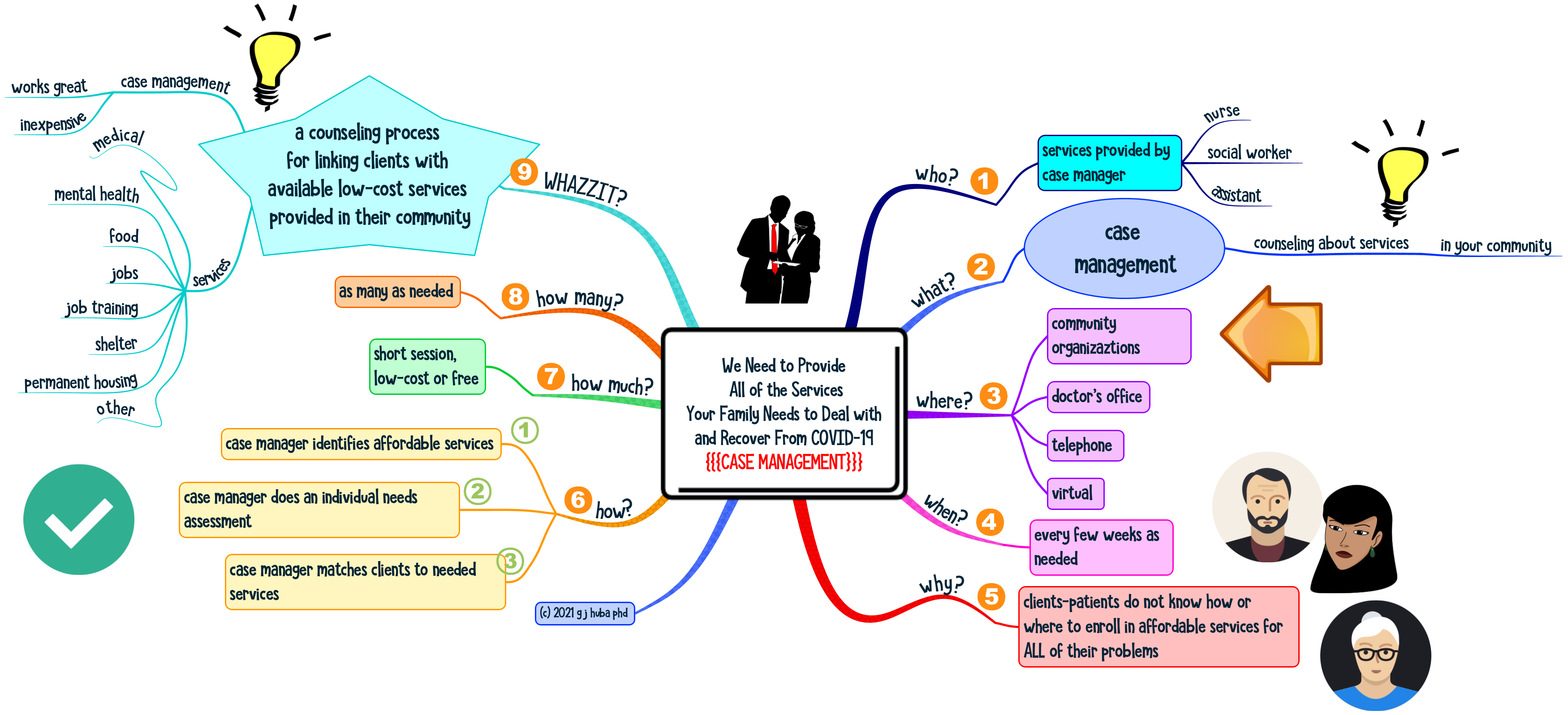For the first 9 months of the covid pandemic, I used to consult one of the covid information websites about cumulative deaths at least hourly. I looked at about a half dozen of these sites to see how their models of future deaths diverged from one another. I understand how most of the math models work, whether the data used is of “excellent” or “bad” quality, and how to present the results so that they were accessible to most people.
Now I do the statistics exercises every couple of days. The numbers sometimes numb you so that you loose sight of the fact that every person counted is a soul who had a family and friends, worked often for the common good, loved many of the people they knew, had a great laugh in happy times, and in most cases went out of their way to help others out.
We need to honor and remember all of those who died from covid. Most were good people who were quite simply the victims of a virus that our scientists learned to control and our politicians ignored. Probably at least two-thirds of those who died would not have done so if our politicians had done their jobs and protected their constituents in ways public health and medical scientists recommended.
Rest In Peace. May those of us who survived covid always remember to honor those who did not by applying the knowledge we have gained about how to manage a pandemic in the future.




